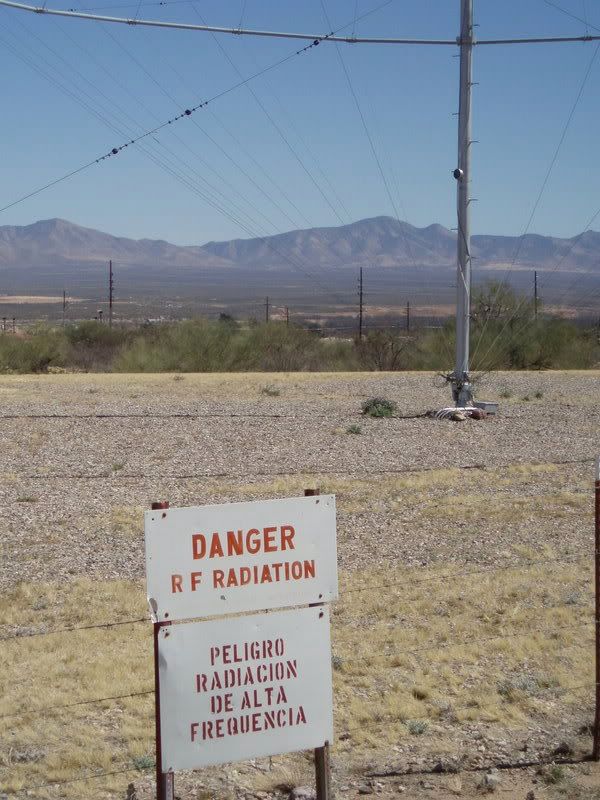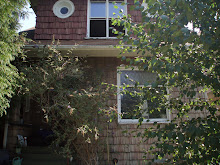
The Titan Missile Museum is free for children age six and under. Here, just south of downtown Tucson, kids can pick up a "Junior Missileer Program" to help them learn all about the Titan ll missile, "how it worked and why the United States needed it." Opting out of the tour, we directed ourselves through the single-room exhibit and attached gift shop. Inside the front door, a nostalgic miniature of the 9mega-ton sat quiet, unable to deliver the force of 9,000,000 tons of TNT up to 5,500 miles with in 30-minutes. In it's role as a gallery of graphs, charts and educational paragraphs, the mini-Titan exposes us to hazards of another type. In red white and blue, it proclaims the triumph of our cold war efforts, hailing the success of "peace through deterrence".

Freeze-dried ice cream and uranium-symbol temporary tattoos line the gift shop counter. Impulse purchases. Shelved with original photographs of mushroom clouds over the Nevada Test Site, was a 1950 publication by the Office of Civil Defense.
"Six Survival Tips" made the centerfold of Survival Under Atomic Attack...
1. Get shielded - Ideally in a basement or subway
2. Drop flat on the ground - This puts you out of harms way as trees, walls... may be flying/falling through the air
3. Bury your face in your arms - Protect your face from burns and prevent blindness
4. Don't rush out after a bombing - Wait 1-hour for lingering radiation to die down
5. Don't take chances with food or water in open containers - Eat only canned foods, drink water sealed for protection
6. Don't start rumors
Memorize These
Wow. Talk about your road-side attraction.




2 comments:
Naive though they are, t he rules for surviving a bombing are part of the childhood memories of thousands of baby-boomers.Believe it or not, when I was in elementary school (and maybe junior high too), we had nuclear bomb drills. Upon the blowing of a siren,which signalled a bomb drop, we would crawl under our desks and remain there for a few minutes--the protection provided by those few minutes and our wooden and shellac desktops was going thwart the effects of both the blast and radiation! This is the era during which underground facilities were built as long-term shelters for use during the aftermath of nuclear war. One reason the new post office was built in NOme in the early sixties was to provide residents with such a shelter. The post office was clearly marked with oraange and black fallout shelter signs. I still see those signs occassionally, mostly in federal buildings. Love, Mom, Grandma
I suppose it's a remarkable thing we're all still here to learn from this history. If we choose to.
If not, when the time comes, meet us at the PO in Nome or the old Bon (Macy's) at Southcenter. (if it still has a basement shelter?)
xox
Post a Comment